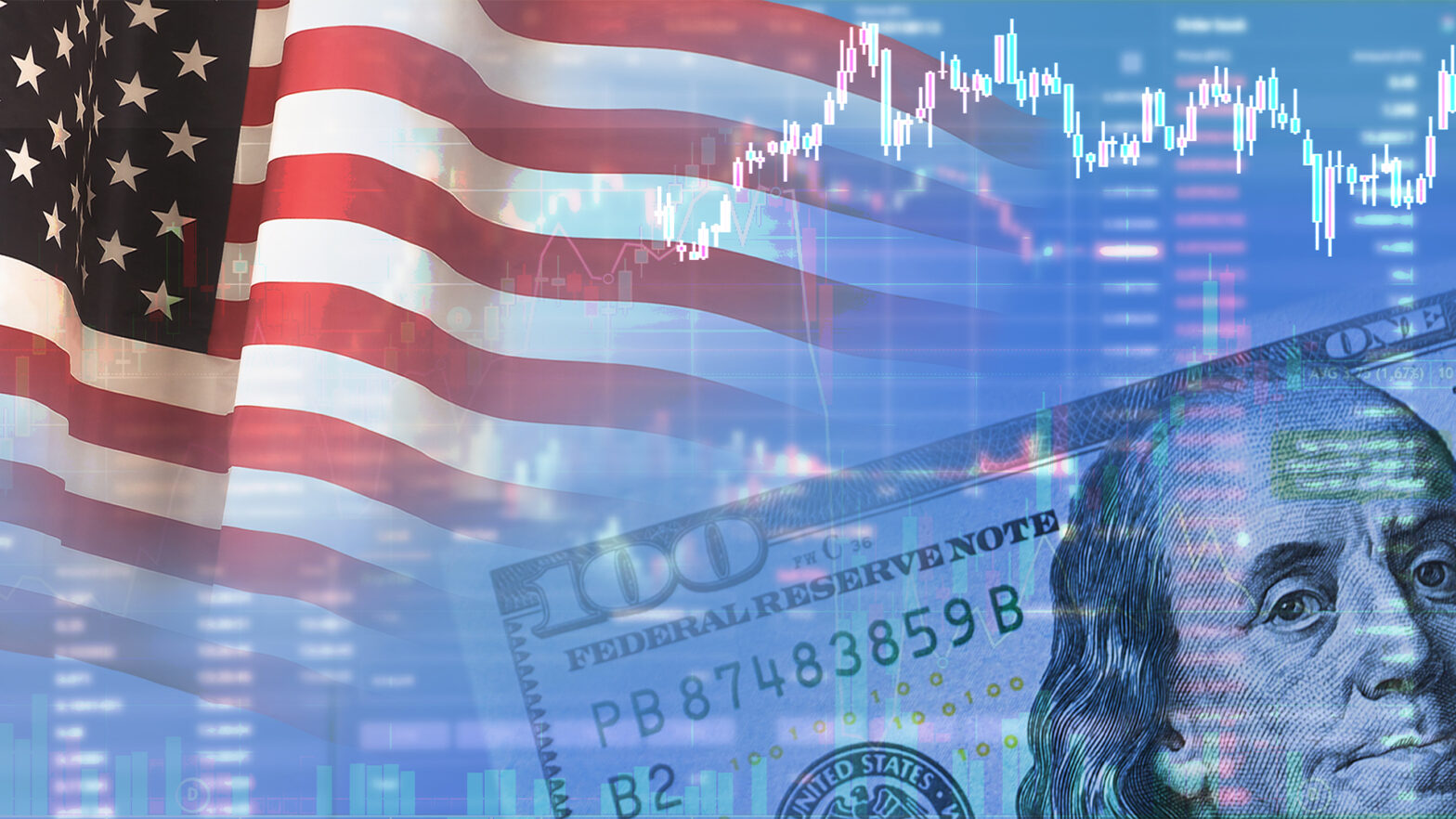
By Shannon Saccocia, chief investment officer – private wealth, Neuberger Berman
US consumer sentiment has defied predictions of excess savings running dry, but do hotter inflation data pose a risk?
The resilience of the US economy during 2023 owed much to low unemployment and excess savings built up through the pandemic, we argued. As those savings ran dry, which many economists expected over the winter, and as high inflation and interest rates persisted, we thought a weaker consumer could trigger a growth slowdown.
So far, it hasn’t happened. Many economists now think excess savings could last through 2024. US consumer sentiment surveys and retail sales have been buoyant, and US GDP growth is running far ahead of consensus estimates.
But last week’s hotter-than-expected inflation data, and their implications for interest rates, could be an early shock to this resilience. If prices continue to rise ahead of target and rates stay higher for longer, might the US consumer finally crack?
Credit delinquencies
To be clear, we believe that there are already some signs of stress.
The Federal Reserve Bank of New York’s latest Quarterly Report on Household Debt and Credit, which came out two weeks ago, shows consumer-credit delinquencies rising. While mortgage delinquencies remain low, during the fourth quarter of 2023, at an annualized rate, approximately 8.5% of credit card balances and 7.7% of auto loans transitioned into delinquency.
But that divergence between mortgages and credit cards tells a story: Generally speaking, the former are loans to those on middle and higher incomes; the latter are loans to those on lower incomes.
We see the same divergence in consumer sentiment surveys. Sentiment in general has been rising for a year and a half. The University of Michigan’s survey disaggregates sentiment by income level, however, and suggests that since the middle of 2023 it has continued to improve among the top and middle third while flatlining among the lower third. One could point to strong retail sales for discretionary and higher-end goods and services and weaker results in staples as more evidence of the same divergence.
Excess savings may still be out there, but only among those on middle and higher incomes.
A warning shot
What might cause this evident lack of spending power and weak sentiment in the lower-income bracket to spread to middle-income earners, and threaten the broader economy?
Resurgent or even sticky inflation has that potential, in our view – which makes last week’s US inflation data for January noteworthy.
The headline numbers were disappointingly hotter than consensus forecasts. Moreover, a lot of commentary focused on an unexpectedly big jump in shelter costs, and especially so-called “supercore” inflation in core services ex-housing, which posted their biggest monthly increase in almost two years.
Is this a warning shot for the middle-income consumer?
We find ourselves a little torn on that question. Inflation expectations and rates-market pricing have moved closer to our views so far this year: We anticipated stickier-than-expected inflation and we did not think six rate cuts were likely in 2024. But we are not yet convinced that middle-income earners are inevitably going to feel the pinch and trigger the economic slowdown we thought they might.
Seasonal effects
First of all, it might be problematic to read too much into January inflation data.
As non-seasonally adjusted readings show more clearly, month-over-month increases in the index tend to be higher at the start of the year. We think one reason is that this is a favoured time to renew insurance contracts – and auto and health insurance were two prominent drivers of January’s “supercore” inflation. These effects may not last.
Furthermore, the headline shelter data hide another interesting development. While owners’ equivalent rent (OER) was up sharply in January, rent of primary residence continued its yearlong downward trajectory.
But OER is just a survey response from homeowners who are asked to estimate how much their home would cost to rent. No one actually pays that cost. If anything, it may be felt as a wealth effect for middle-income homeowners. That rather subjective survey data lagged general inflation on the way up and may do so again on the way down.
The key risk – albeit pushed further into the tail
In short, inflation in non-discretionary items, which the middle-income consumer is already better able to afford, may not be as sticky as the January data suggest. If that proves to be the case over the rest of the year, those consumers should continue to be able to afford non-discretionary purchases.
This is where the key risk lies, however – and it remains the risk we identified in our “Ten for 2024,” even if it has been pushed further into the tail of probabilities.
In our view, one thing to look out for is a sustained reacceleration of inflation, or prolonged stickiness at current levels; signs of weakness higher up on the non-discretionary retail spectrum or more stress in mortgage repayments would be others. Those could be early warnings that “no landing” is overly optimistic, or that a soft landing is turning harder.














